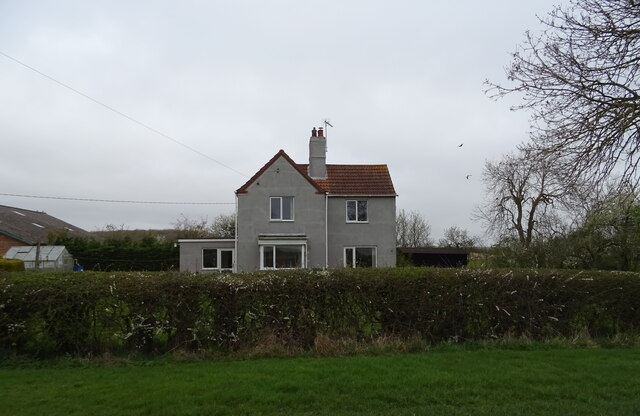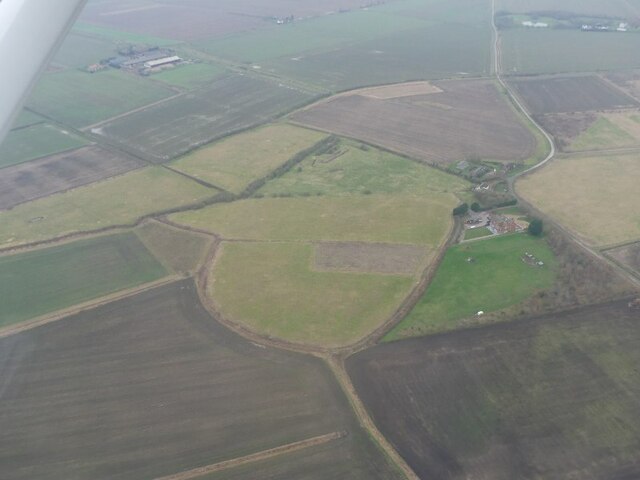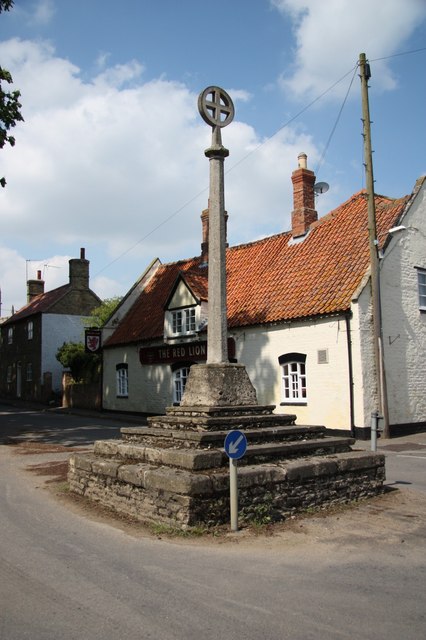Digby Wood
Wood, Forest in Lincolnshire North Kesteven
England
Digby Wood

Digby Wood is a small woodland located in the county of Lincolnshire, England. Situated near the village of Digby, it covers an area of approximately 20 hectares. The woodland is part of the larger Digby Forest, which spans across various adjacent areas.
The woodland is predominantly composed of deciduous trees, including oak, beech, ash, and birch. These trees create a dense canopy, providing shade and shelter to a variety of flora and fauna. The forest floor is covered with a carpet of ferns, mosses, and wildflowers, adding to its natural beauty.
Digby Wood is known for its rich biodiversity. It is home to numerous species of birds, such as woodpeckers, owls, and warblers, making it a popular spot for birdwatching. Additionally, small mammals like squirrels, rabbits, and foxes can be found here, as well as reptiles and amphibians such as snakes and frogs.
The woodland offers a peaceful and tranquil environment, making it ideal for walking, hiking, and nature exploration. There are well-maintained trails that allow visitors to explore the different sections of the woodland. These paths also provide opportunities for photography and nature enthusiasts to capture the beauty of the surroundings.
Digby Wood is managed by the local forestry commission, ensuring its preservation and conservation for future generations to enjoy. The woodland is open to the public throughout the year, with no admission fee. It attracts both locals and tourists who seek a serene escape from the hustle and bustle of urban life.
If you have any feedback on the listing, please let us know in the comments section below.
Digby Wood Images
Images are sourced within 2km of 53.078943/-0.35467793 or Grid Reference TF1054. Thanks to Geograph Open Source API. All images are credited.



Digby Wood is located at Grid Ref: TF1054 (Lat: 53.078943, Lng: -0.35467793)
Administrative County: Lincolnshire
District: North Kesteven
Police Authority: Lincolnshire
What 3 Words
///learning.replace.flitting. Near Ruskington, Lincolnshire
Nearby Locations
Related Wikis
Digby railway station
Digby railway station was a railway station in Digby, Lincolnshire, which was open between 1882 and 1961. == History == The railway line between Sleaford...
Catley Priory
Catley Priory was a monastic house in Walcott, Lincolnshire, England. The Gilbertine priory of Saint Mary, Catley, was founded as a double house for...
North Ings Farm Museum
The North Ings Farm Museum is a working farm museum containing a 2 ft (610 mm) narrow gauge railway, running on a circuit of 1⁄4 mile (0.40 km). It is...
Digby, Lincolnshire
Digby is a small village and civil parish in the district of North Kesteven, Lincolnshire, England. The village is in the vale of the Digby Beck watercourse...
Rowston
Rowston is a village and civil parish in the North Kesteven district of Lincolnshire, England, situated approximately 6 miles (10 km) north from the town...
Dorrington, Lincolnshire
Dorrington is a village and civil parish in the North Kesteven district of Lincolnshire, England. It is situated 1.2 miles (2 km) both south from Digby...
Thorpe Tilney
Thorpe Tilney is a hamlet in the civil parish of Timberland in the district of North Kesteven, in the county of Lincolnshire, England. The hamlet is located...
Walcott, Lincolnshire
Walcott is a small village and civil parish in the North Kesteven district of Lincolnshire, England. The population of the civil parish at the 2011 census...
Have you been to Digby Wood?
Leave your review of Digby Wood below (or comments, questions and feedback).





















